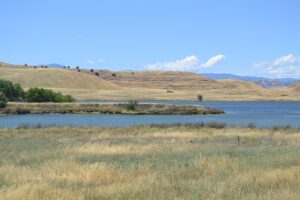
From Urban Water Institute, John Spranza, of HDR – California’s water infrastructure is designed to capture precipitation during the state’s rainy season and store it for use across the state throughout the year. Although 60 percent of the state’s population lives in semi-arid Southern California, most of the precipitation falls in the north and east-central portion of the state during the months of December through March (Figure 2).Up to one third of this precipitation falls in the Sierra Nevada Mountains as snow. Climate models predict growing variability in weather patterns throughout California. Additional variability can lead to longer and increasingly severe droughts and floods, which present significant challenges to California water supply. These models also predict a shift of more precipitation to fall as rain and not snow, breaking the current water management paradigm in the State. (more)

